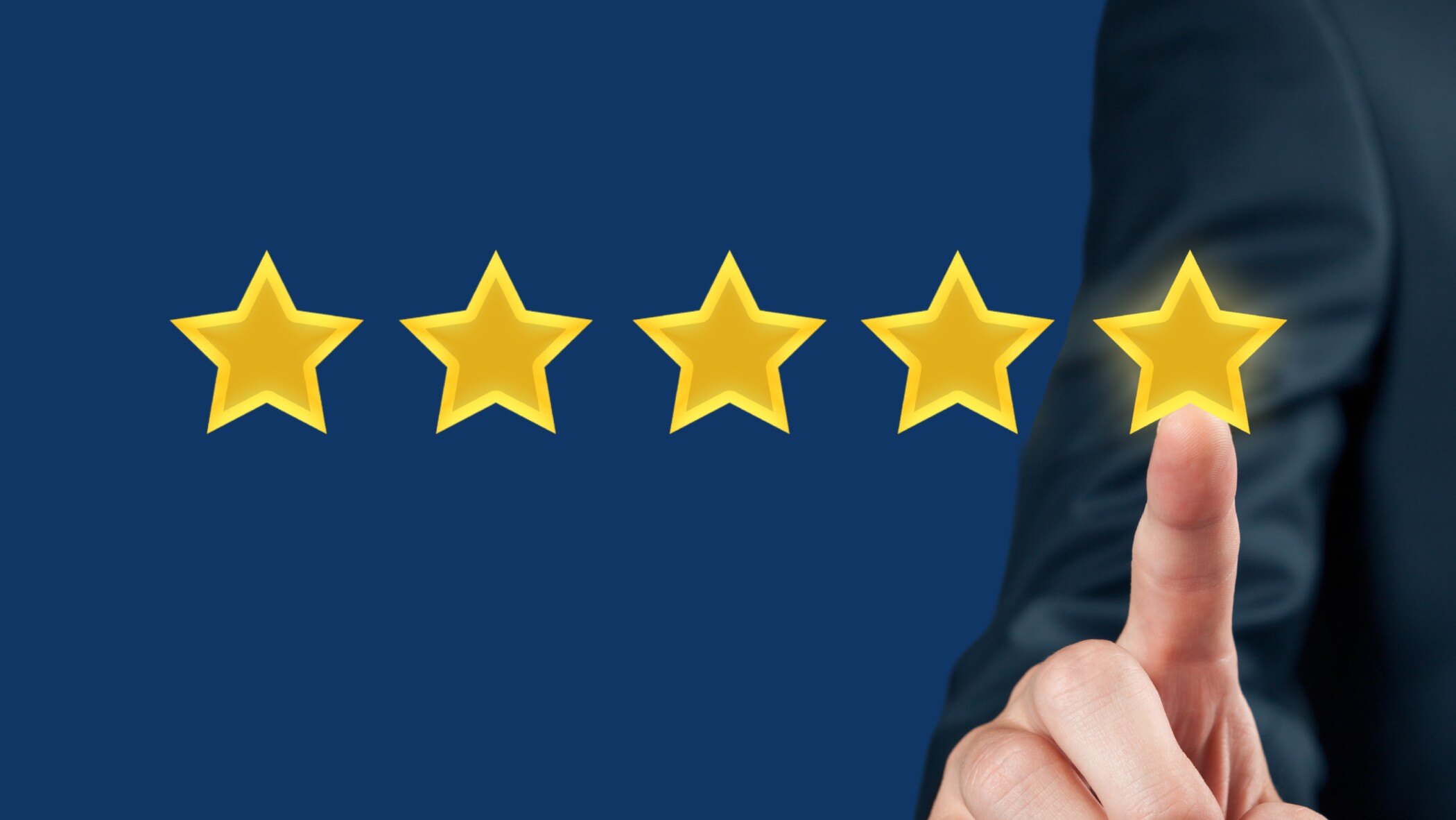Why Your Back-to-School Campaign Needs a Mid-August Reboot
The Second Wave of Back-to-School Shopping
Some brands see August as the afterglow of back-to-school season—leftover opportunities, smaller baskets, and fewer buyers.
I see it differently.
As a mom, I’m in the aisles of Target in mid-August—still grabbing supplies, comparing deals, and negotiating with my kids about which backpack truly “fits their personality.” As a strategist, I know I’m not alone. Parents everywhere are still buying, still deciding, and still open to influence.
This year, the data proves it: only 61% of back-to-school spending happened before July ended, down from the usual 66%. That shift means one thing—August is no longer an afterthought. It’s a second sales wave.
If you ignore it, you’re leaving money on the table.
If you adapt to it, you could unlock some of your most profitable weeks of Q3.
The Numbers That Make August a Power Month
Back-to-school 2025 is projected to hit $84.51 billion in U.S. sales—a 3% increase over last year. This isn’t just about more people shopping—it’s about a more spread-out shopping curve.
Events like Amazon Prime Day, Target Circle, and Walmart Deals are pulling the first wave of purchases into July, but that doesn’t mean the urgency disappears. Instead, these events create a buying mindset that stretches into mid and late August.
From what I’ve seen, there are five key shopper mindsets in this second half of the season:
- Early planners wrapping up their lists with final items.
- Value seekers looking for late-season deals.
- Parents with multiple kids consolidating purchases.
- Last-minute shoppers who realize school starts next week.
- Students making style-driven purchases—often with their own money.
Each of these groups responds to different messages. The best August campaigns don’t push one-size-fits-all offers; they adapt to multiple buyer types in parallel.
The July vs. August Mindset Shift
The first wave in July is about getting ready—making lists, budgeting, and securing essentials before the rush.
The second wave in August is about finishing strong—getting the exact items you missed, upgrading to better quality, and making purchases with the first day of school in mind.
That difference matters for your campaign strategy:
- Urgency changes: Instead of early-bird offers, August is about last-chance positioning.
- Basket composition changes: More apparel, accessories, personal items, and finishing touches than core supplies.
- Buyer psychology changes: Parents may be more willing to pay for convenience; students may prioritize style over price.
When we build August campaigns at Hatchecom, we shift tone, creative, and timing to match this mindset change. We’re not just “extending” July offers—we’re relaunching the campaign with a new purpose.
How to Reboot Your Campaign for Mid-August
-
Personalize Messaging for Each Shopper Type
Late-season buyers aren’t all the same.
- Panic buyers respond to urgency—countdowns, low-stock alerts, and express shipping promises.
- Value seekers need clear comparisons between your deal and the original price.
- Style-driven students engage more with trend-focused content on social platforms.
AI-driven tools can help segment these audiences and deliver tailored creative in real time.
-
Balance Emotion and Value
Parents are still your primary buyers, but in August, they’re looking for reassurance and quality, not just discounts. They want purchases that will last through the school year, not fall apart by winter break.
Students, on the other hand, want items that feel unique and self-expressive. Your creative should address both groups simultaneously—value for parents, identity for students.
-
Keep Your Amazon and PDP Strategy Fresh
If you’re selling on Amazon, August isn’t the time to leave stale listings. Update:
- Product titles and bullet points for late-season keywords.
- Images with “last chance” or “new arrival” overlays.
- Promotions or coupons that show urgency.
We’ve seen brands increase click-through rate by 18–25% in August simply by refreshing creative assets mid-season.
-
Use AI to Accelerate Creative Testing
Klaviyo reports that using AI to generate and test subject lines at scale can significantly increase open rates. The same applies to ad headlines, PDP copy, and even creative formats.
In August, speed is everything—you can’t wait two weeks to see what works. Test daily, adjust quickly, and let data guide your pivots.
-
Create Cross-Channel Consistency
Omnichannel shoppers are driving this growth. Whether they start on social, search on Amazon, or end up in-store, the messaging and visuals need to match. If your email promotes a “Final Week” deal, your Amazon Storefront should reflect that urgency.
A Mom’s Perspective: Why This Works
When I’m buying for my kids in August, I’m not browsing casually—I’m solving a problem. The backpack my son wanted is sold out in one color, my daughter needs a calculator she didn’t mention before, and the teacher just sent an updated supply list.
That’s why I believe this second wave is so powerful:
- The shopping is more intentional.
- The buyer is more decisive.
- The opportunity for upsells is higher.
At Hatchecom, we design August campaigns with this parent perspective in mind. We combine the analytics—like knowing that 53% of online purchases happen on mobile—with the human side of decision-making that doesn’t show up in a dashboard.
Questions to Ask Before You Launch Your August Reboot
- Have you identified which buyer segments are most valuable in August?
- Does your creative speak differently to parents vs. students?
- Are your Amazon and ecommerce listings updated for late-season keywords?
- Do you have a rapid testing process in place for subject lines, ads, and PDP copy?
- Are you promoting cross-channel consistency, from email to marketplace?
Final Takeaway
August isn’t a “bonus month” for back-to-school—it’s a strategic phase that can drive meaningful Q3 revenue.
The brands that win in this window don’t just extend July’s promotions; they reframe their offers, target specific buyer mindsets, and keep creative fresh until the very last day.
If you want to capture late-season buyers, a mid-August reboot isn’t optional—it’s essential.
.png?width=238&height=70&name=Logo%20HatchEcom%20azul%20(1).png)
.png?width=200&height=59&name=Logo%20HatchEcom%20azul%20(1).png)



